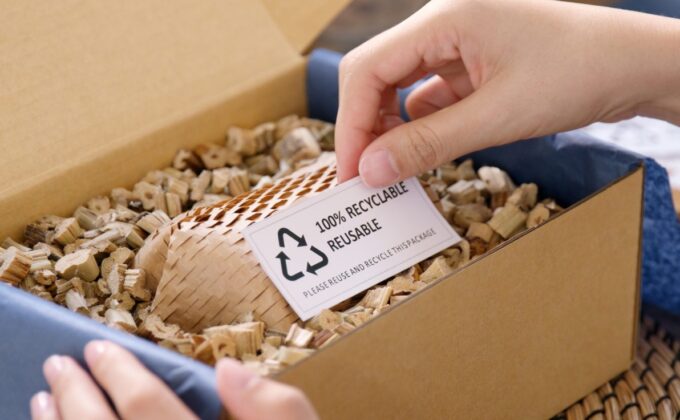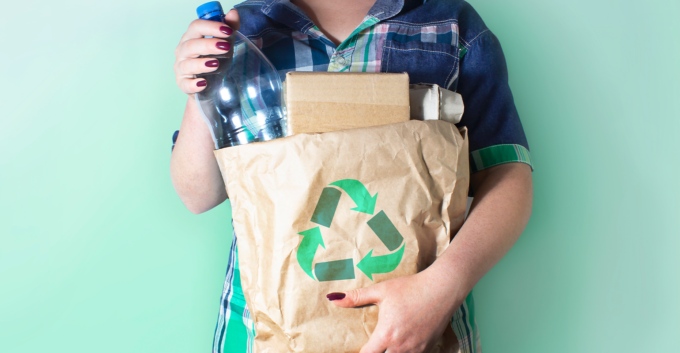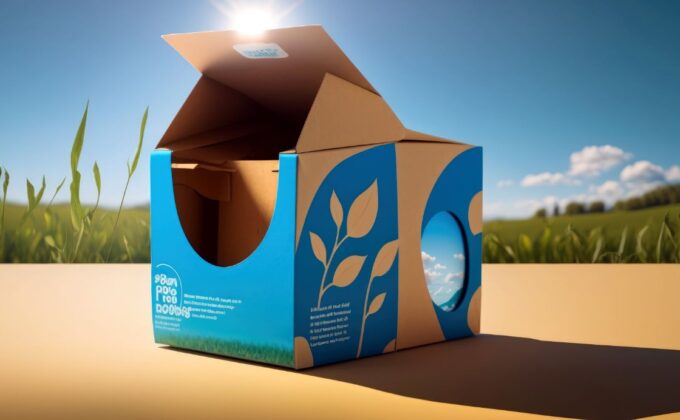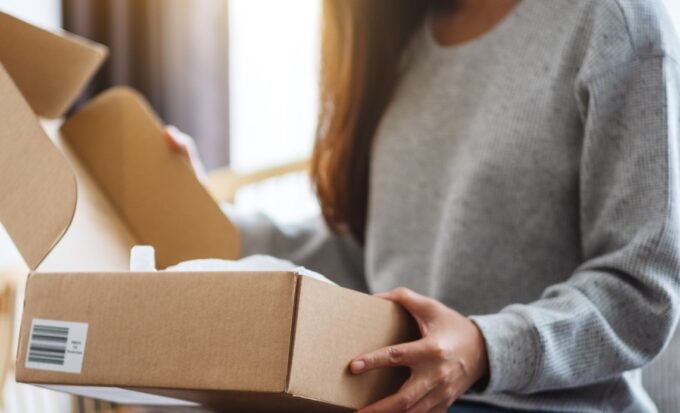Innovation in sustainable packaging has been growing for years. There are new products and sustainable solutions to traditional packaging being developed and launched all the time.
If your business hasn’t yet made the switch to eco-friendly packaging there are lots of ways you can start to make positive changes. Recycled or biodegradable packaging products are often the same, if not better, quality than their unsustainable equivalents. Here we will look at how you can achieve success with sustainable packaging.
Success Stories in Sustainable Packaging
One company that demonstrates the consumer demand for sustainability is Chilly. You may even have one of their reusable water bottles on your table right now. Not only are their products packaged with the environment in mind, but their product tackles the use of single-use plastics.
LUSH is another sustainability success story. The plastic pots and bottles they use for their cosmetics are made from recycled plastic, their carrier bags are made from recycled paper and they review their energy and water usage on a regular basis.
5 Challenges and Benefits of Sustainable Packaging

Transitioning to sustainable packaging isn’t without its hurdles. While the rewards are significant, it’s essential to acknowledge and address the challenges that businesses may encounter along the way. Here are some common obstacles:
- Cost implications ─ One of the primary concerns for businesses is the perceived cost of sustainable packaging solutions. Initial investments in eco-friendly materials or technologies might appear higher, but it’s crucial to consider the long-term benefits and cost savings associated with reduced waste and increased consumer loyalty.
- Material sourcing ─ Sourcing sustainable materials can be a challenge, especially if the demand for such materials outweighs the supply. Businesses need to explore reliable sources of recyclable, renewable, or biodegradable materials to ensure a consistent and ethical supply chain.
- Design and performance ─ Sustainable packaging often requires innovative design adjustments to maintain functionality and visual appeal. Striking the balance between sustainability and preserving a product’s integrity can be a complex endeavor.
- Consumer perception ─ Educating consumers about the value of sustainable packaging and its potential impact on pricing can be a hurdle. Some consumers might associate eco-friendly packaging with inferior quality or increased costs, necessitating clear communication to dispel misconceptions.
- Regulatory compliance ─ Staying compliant with ever-evolving environmental regulations and packaging standards is a challenge. Navigating these intricacies requires businesses to remain informed and adaptable.
Benefits of Embracing Sustainable Packaging

Despite the challenges, the benefits of adopting sustainable packaging strategies are manifold. Businesses that take the plunge can expect to reap rewards that extend far beyond the bottom line:
- Environmental stewardship ─ By reducing the use of non-renewable resources and minimizing waste, businesses contribute to safeguarding the environment for current and future generations.
- Enhanced brand reputation ─ Consumers are increasingly favoring brands that exhibit social and environmental responsibility. Embracing sustainable packaging enhances your brand’s reputation and fosters a deeper connection with conscientious consumers.
- Cost savings in the long run ─ While initial investments may seem steep, the adoption of sustainable packaging often leads to long-term cost savings through reduced material usage, streamlined operations, and minimized disposal costs.
- Innovation and differentiation ─ Pursuing sustainable packaging solutions encourages innovation. It presents an opportunity to stand out in the market by offering unique, eco-friendly packaging designs and solutions.
- Consumer engagement ─ Sustainable packaging aligns with the values of socially and environmentally conscious consumers. It can lead to increased customer loyalty, as well as engagement with your brand’s efforts to make a positive impact.
- Anticipating regulatory changes ─ Embracing sustainable packaging positions your business to proactively address future regulatory changes, minimizing disruptions to operations and avoiding potential penalties.
In essence, the journey towards sustainable packaging is marked by both challenges and rewards. By addressing obstacles head-on and leveraging the benefits, businesses can not only contribute to a greener future but also bolster their market presence and long-term viability.
Things You Can Do Now

Improving sustainability can be done in lots of different ways. From simple things like turning lights and equipment off when not in use to printing less and switching to digital paperwork or receipts. One crucial area to review is your packaging use.
Start to reuse or recycle any packaging materials you have; not only is this more sustainable it also cuts costs. Some excellent companies specialize in eco-friendly packaging, one example is Polythene UK. They make sustainable recycled polythene which can simply replace traditional polythene and be a big boost to your green credentials.
Things You Can Do In The Future
Once you start adapting to be more sustainable you can consider some bigger projects which will have a huge impact on your carbon footprint. If any of your equipment needs replacing you could try to replace it with an energy-efficient alternative and ensure that the old equipment is properly recycled.
You could ask your employees if they would like to form a sustainability team to review further areas where improvements can be made. Take a look at your energy supplier, is there an option to only use green energy?
Go Further
While installing solar panels or a wind turbine may not be in your immediate sustainability plans it might be something to consider when the time is right. Similarly, if you have switched to sustainable packaging materials are there further changes that could be made?
Reviewing how you pack your products could lead to more environmental benefits. Take a look at super-efficient boxes that don’t need tape, sleek designs, and functional but beautiful branding options.
What Does It Mean For The Consumer?

Any consumer ordering your product of course has a need or want of what you provide. Invariably they do not want to receive excessive or unrecyclable packaging. It can be a major irritation for some customers; even to the point that they choose not to purchase from you again because they don’t want all that packaging.
Alternatively, if your sustainability practices are well communicated you may attract new customers who want to interact with a business that aligns with their environmental values.
Get Started
Working with suppliers who take sustainability seriously is an effective way to reduce the carbon footprint of your supply chain. Not only will your Company be doing its bit to fight climate change but your ethos will spread beyond your office. The beneficial ripple effect of moving to eco-conscious practices should not be underestimated.









